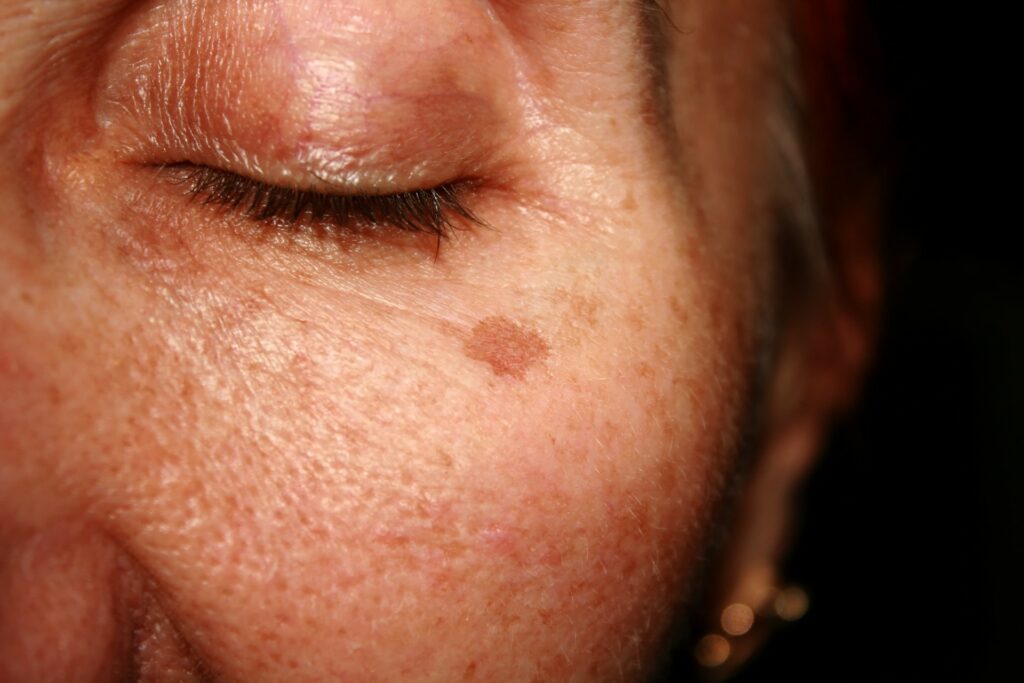Three Things to Know About Photoaging

When skin is continually exposed to the sun’s ultraviolet rays or artificial sources for prolonged periods of time, photoaging will occur. Photoaging differs from the skin’s natural aging process because it happens prematurely. Premature aging has similar results as natural aging, but it can appear earlier and have a more pronounced appearance. Photoaging includes age spots, fine lines, wrinkles, and premature sagging due to the loss of elasticity in the skin. Photoaging can also contribute to skin cancer and conditions that require treatment from a reputable dermatologist. There are three things to know about photoaging, and consulting with an experienced dermatologist can help address any of your skincare concerns.
UV Light is the Main Culprit
When it comes to photoaging, UV light is the primary reason for these premature signs of aging on the skin. UV light damages the DNA in your skin cells, and it causes them to break down and make less elastin and collagen. These two proteins are what help skin maintain its firmness. Unfortunately, UV light damage is cumulative, which means if you spent your younger years at the beach trying to get as much sun as possible, your skin might look much older now, even if you are no longer spending extended amounts of time in the sun. The more time you spend exposed to UV light, the greater the signs of photoaging. Unfortunately, the signs of photoaging can take years to show up and then seem to take on a life of their own! If you are concerned about the cosmetic appearance of your skin and think it is due to photoaging or want to speak with a professional, please do not hesitate to contact a reputable dermatologist. If you live in Atlanta, Buckhead Dermatology specializes in the signs of photoaging and has helped hundreds of clients navigate skincare as they age.
Is Photoaging Preventable?
Staying out of UV light entirely is not possible, but there are some measures that you can take to minimize the risk of photoaging. As every dermatologist will tell you, wear sunscreen! Using facial and body sunscreen is critical whenever you leave the house. Even cloudy days have harmful UV rays, which can be worse because people may skip sunscreen because they can’t see the sun shining. Please do not make this mistake. The sun’s UV is harshest between 10 AM and 4 PM. Avoid extended time outside during these hours whenever possible.
Use Technology to Your Advantage
Technology empowers us to be able to look at the UV index and stay inside when the index is high. Using a weather app or finding an app that provides this information for your area can be more substantial in avoiding dangerous rays when they are most brutal.
Avoid tanning. Some exercise clubs include tanning services in their monthly membership. As tempting as this may be to use for a special occasion or upcoming event (prom, wedding, vacation), avoid these tanning beds! There are many spray options that look natural and can even be done to show contour on the face and body!
Treatments for Photoaging
When people usually see a dermatologist for photoaging, the damage is already done. When this is the case, there are topical treatments that can improve the skin’s appearance. However, experienced dermatologists will tell you that it is still necessary to prevent further damage. There are non-surgical procedures that can be done, and you must find a dermatologist who can get you the desired results for a price you can afford and methods you are comfortable with.
Using retinoids is one of the most effective and regularly suggested treatments for photoaging because they increase the skin’s production of elastin and collagen. There are also chemical exfoliants that can take the top layer of skin off, naturally revealing brighter and smoother skin. Vitamin C and E are often used in anti-aging products and can help the appearance of skin.
Chemical peels and microdermabrasion remove the top layer of the damaged skin and promote cell turnover that creates a smoother and clearer skin surface. Light therapies improve skin’s evenness of tone and texture, which reduces the appearance of age spots and lines.
Regardless of how severe the signs of photoaging are on your skin, if the way your skin looks causes you uneasiness or embarrassment, it is time to see a professional dermatologist. Dermatologists are trained and experienced in promoting healthy skincare and can help clients achieve their optimal skin appearance. If your skin is holding you back, call for an appointment today. You get to decide to take control of your skin’s health and appearance and regain your confidence!
